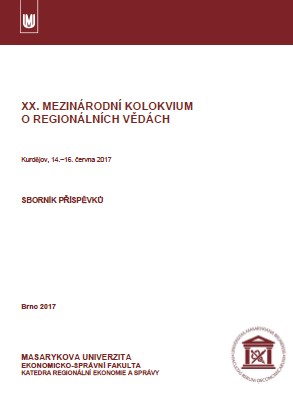ŽIVOTNÍ PROSTŘEDÍ KRAJŮ V TELEVIZNÍM VYSÍLÁNÍ: KVANTITATIVNÍ POHLED
REGIONAL ENVIRONMENT IN THE TELEVISION BROADCASTING: A QUANTITATIVE VIEW
Author(s): Jaroslav Urminský, ŠTĚPÁNKA VYSKOČILOVÁ
Subject(s): Media studies, Energy and Environmental Studies, Regional Geography, Environmental Geography
Published by: Masarykova univerzita nakladatelství
Keywords: TV news reporting; NUTS III; environment;
Summary/Abstract: Currently, the mass media represent fundamental source of information, including television broadcasting. Television stations publish also regionally focused posts in their news reports. They form virtual portrayals of the regions, through which they affect overall image of the regions and in aggregated form also mental maps. The objective of this article is a quantitative analysis and evaluation of regionally-bound TV posts from the category of environment. The environment is an integral part of each territory and its quality often strongly influences the resulting competitiveness of localities and regions. With respect to achieved results, it is possible to describe the environment as the media attractive topic, especially for private TV stations. From spatial perspective, we can contemplate the concentration of environmentally related news reports. They are as follows: Prague, Usti, Hradec Kralove and Moravian-Silesian region. Mainly Usti and Moravian-Silesian are still associated with the low quality of the environment. Contrary to that Zlin region and Vysocina as the territories with rural character attract only negligible media attention.
Book: XX. mezinárodní kolokvium o regionálních vědách: Sborník příspěvků
- Page Range: 459-466
- Page Count: 8
- Publication Year: 2017
- Language: Czech
- Content File-PDF

